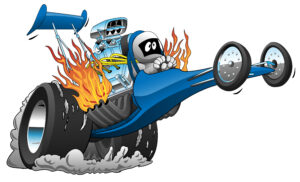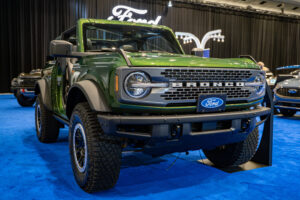
Cobra Power Buildup
We tackle the challenge of increasing the horsepower of a 2003 Cobra with a supercharged 4.6L engine by using a handheld power programmer and replacing blower pulleys.
Season 8
Episode 12






























